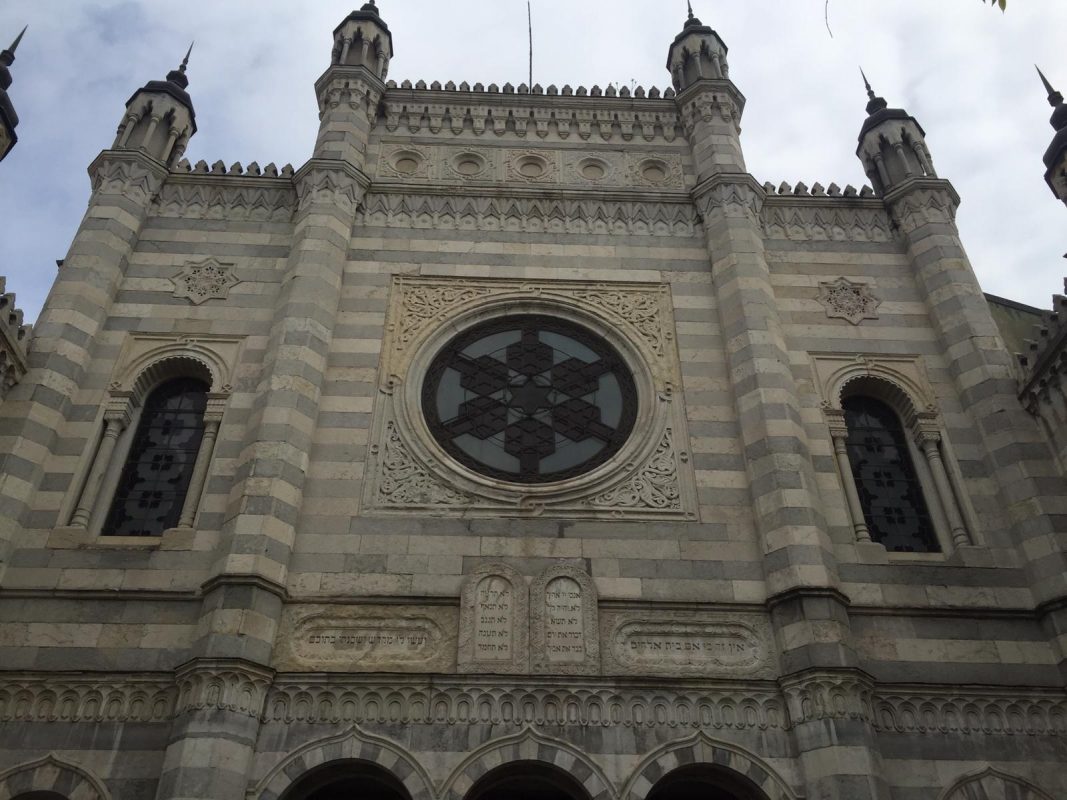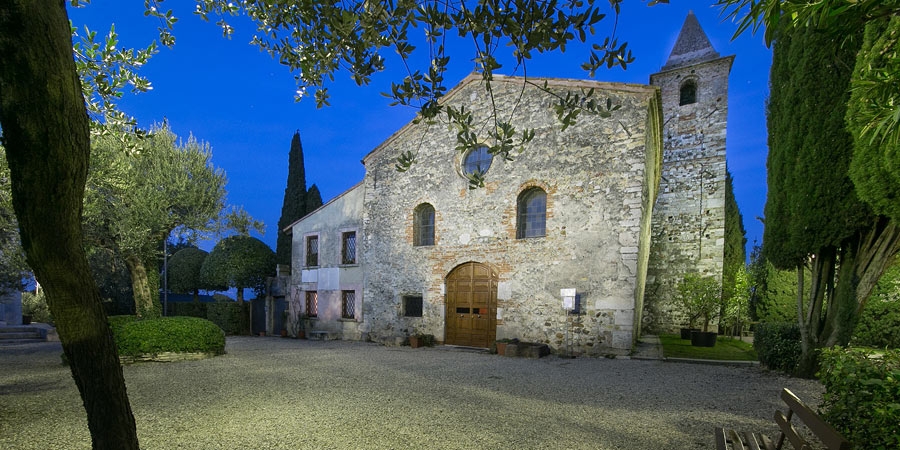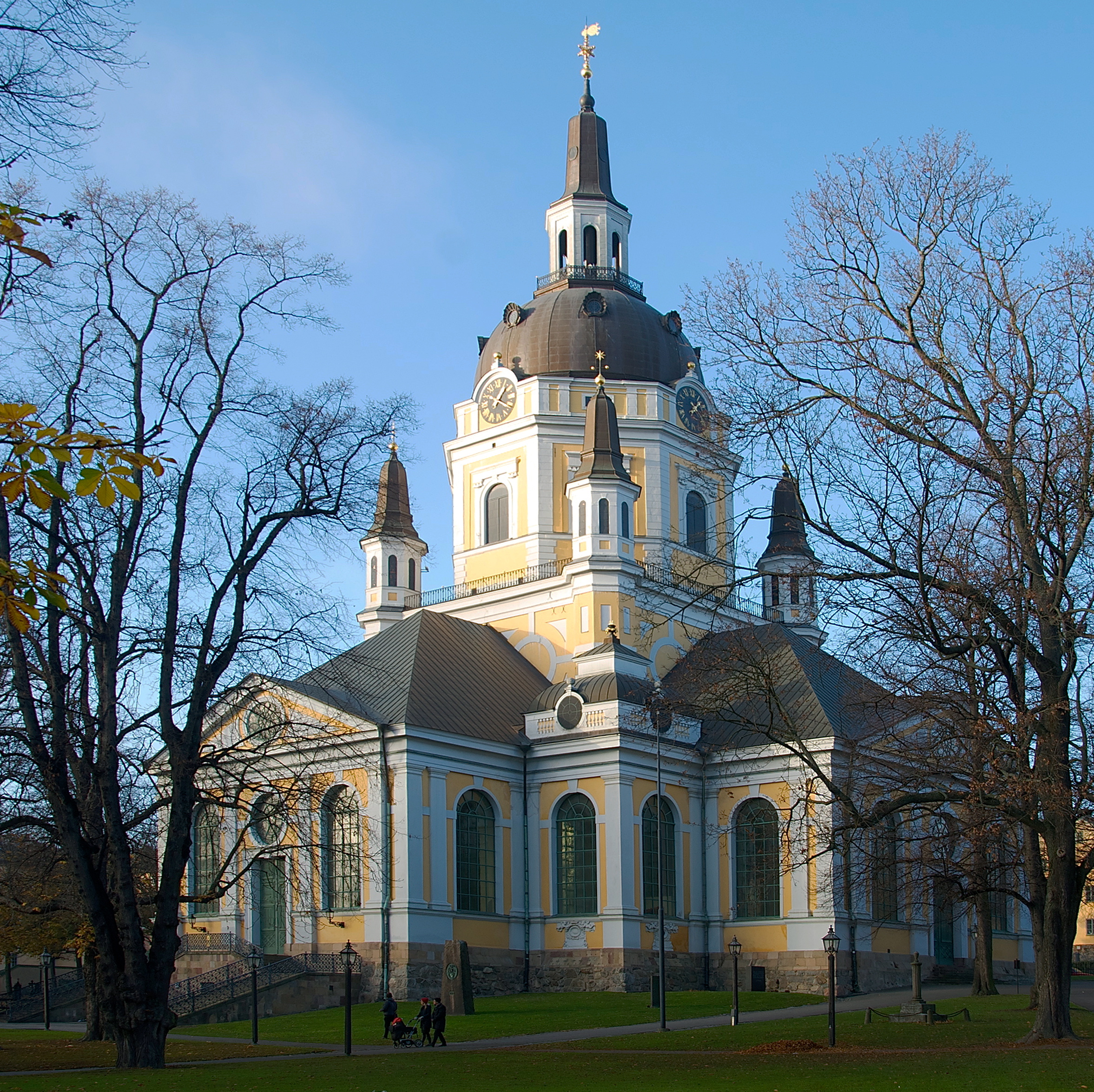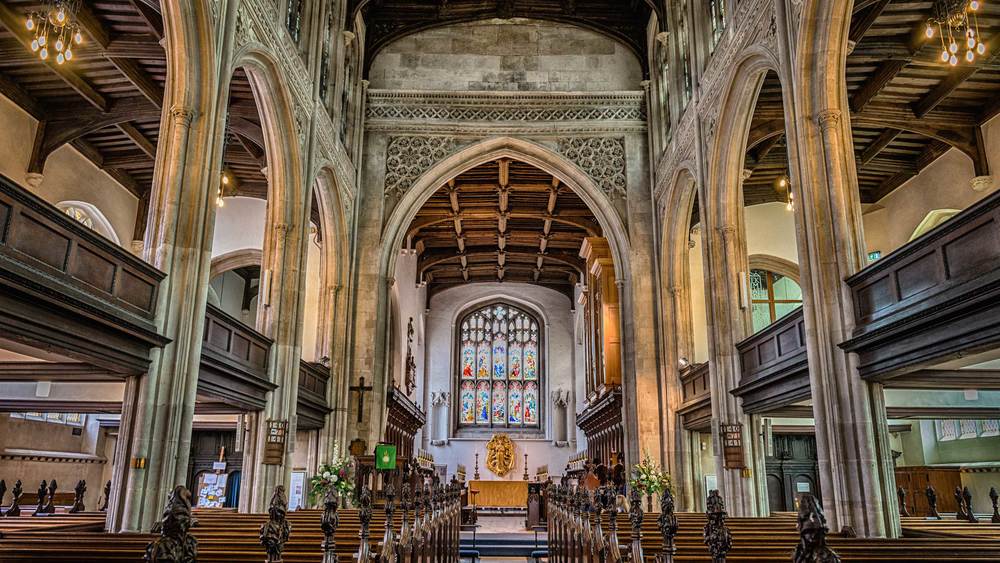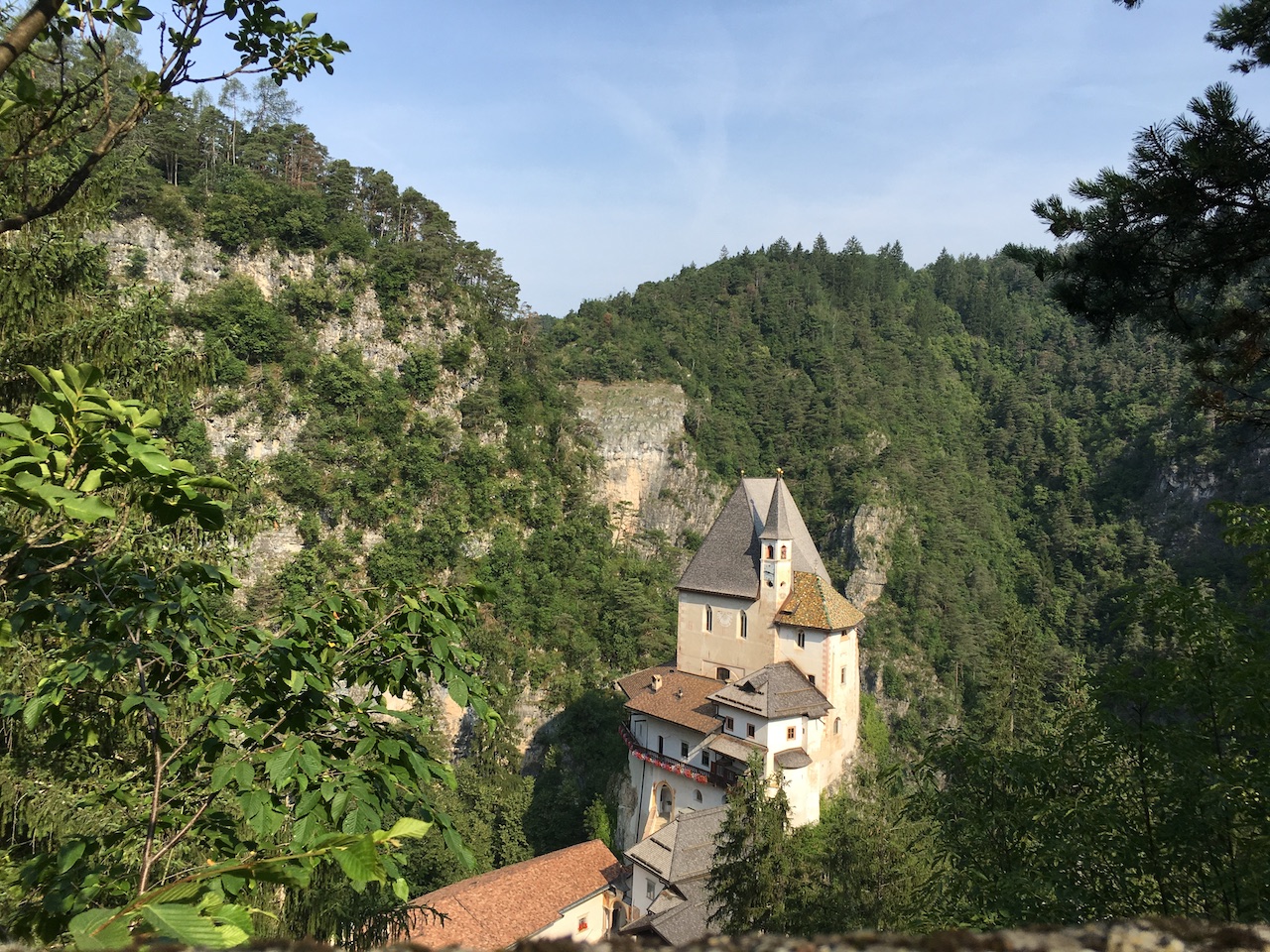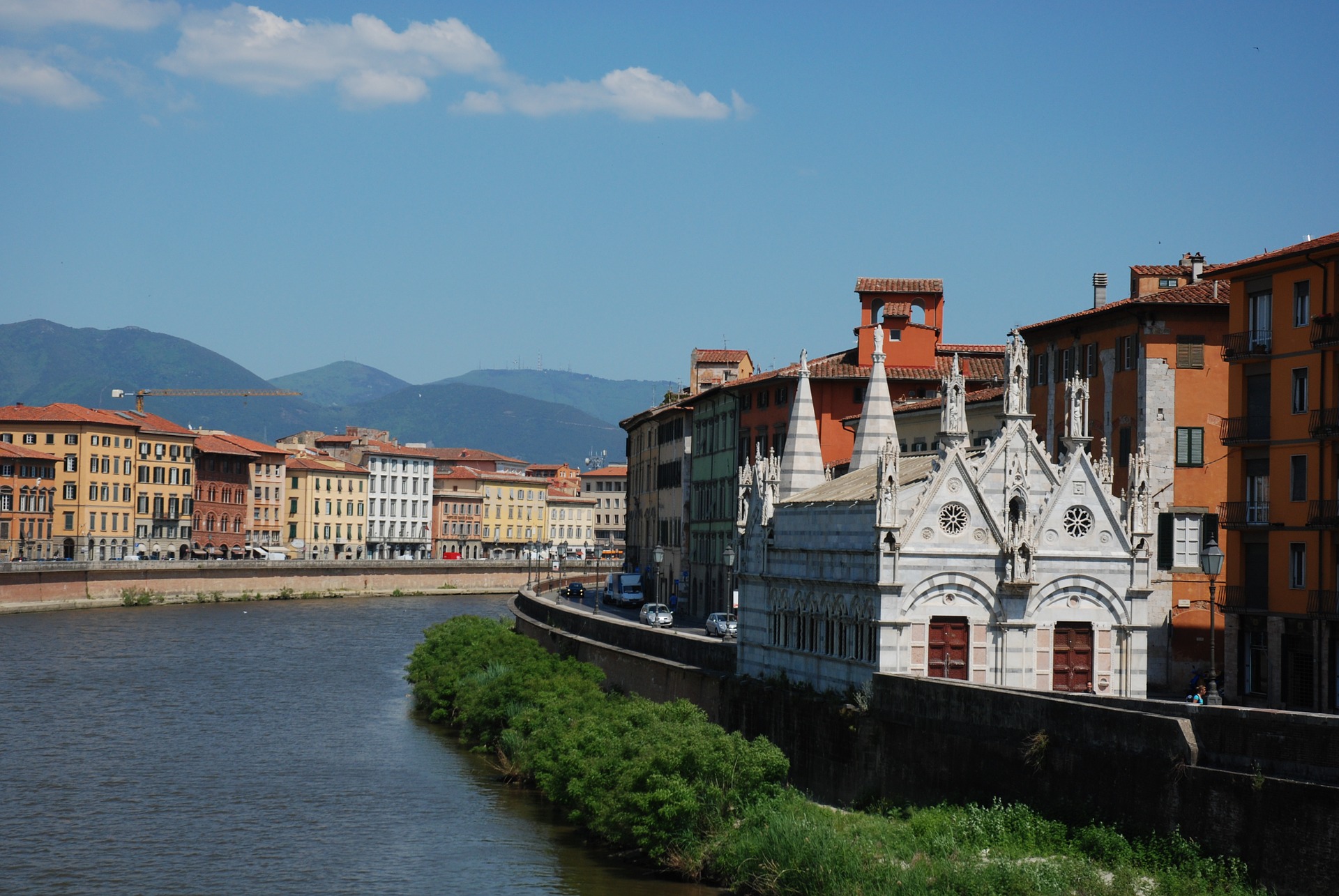In the narrow via Foà, where once there was the ghetto of Vercelli, there is the synagogue. It is very beautiful to see, even only from the outside, with its large façade a bit constricted in the alley, with two-coloured bands of white and blue sandstone embellished with battlements and turrets with onion domes that give a more exotic touch. The presence of a Jewish community in the city has been documented since the middle of the 15th century, but it is only with the emancipation of the Jews sanctioned by Carlo Alberto in 1848 that it increased a lot, so much so that a real Temple had to be built in place of the modest building that housed it. This is how the architect Giuseppe Locarni designed a large Temple in Moorish style able to accommodate over 600 people, which was inaugurated in 1878. The eclectic architecture of the temple is strongly influenced by the Moorish style, common to many contemporary synagogues in Europe. It also shares with them the basilica layout with three naves: the central one is full-height, the lateral ones surmounted by the gallery of the women’s gallery. The layout of the furnishings is inspired by the Christian model. The tevah is placed in front of the aron within the apse that closes the hall; the entire central aisle houses the benches for the public, aligned in parallel rows. The polychrome stained-glass windows provide suggestive chromatic effects on the interior walls.
The total surface of the Synagogue is more than one thousand square metres, witness of a prestigious Community that was an active part in the diffusion and development of the new ideas of civil and political progress.
